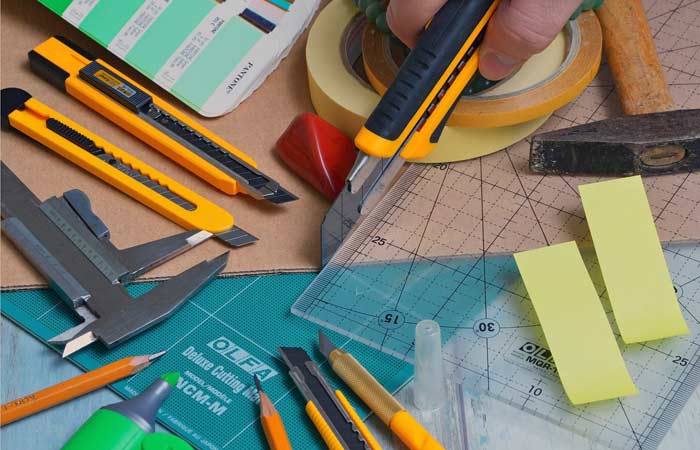Everything sold to the customers went through a production phase. Regardless if it is a bond paper, birdhouse, book, or gingerbread pastry, every individual pays for the item and doesn’t think how it has manufactured. But several sectors are part of making a single product.
Uses of Industrial Adhesives

The paper industry, wood business, and even the adhesive sector hire a huge workforce to produce daily products and send them to their respective consumers. When it comes to industrial adhesives, consists of a bigger part of the industrial production process.
Car Industry
The car industry goes further than just nuts and bolts. Industrial adhesives have a huge role in the said business, which are typically used on the car, the bond of seats and cloth, as well as the protective acrylic on the automobile. Such adhesives in those areas of the vehicle enable the motor engineer to create a sleek and advanced design on its exterior and hide unattractive hardware.
Paper-Based Items
Try to imagine an envelope that has sent to your loved one during Valentine’s day. The portion that needs to be moistened to seal is called an industrial adhesive. On the other hand, the school textbook also uses a sticky substance to hold them together, similar to what is found on the envelope. Industrial adhesives seal even the cover of a ream. Whether it is an envelope, bond paper, laminates, or packaging, paper-based items heavily rely on such adhesives.
Clothing and fixture
You might notice some fixtures are glued together, like the handles of a drawer, legs of the kitchen table, or the fabric covering the sofa is also bonded. The fabric found on hats or decorations glued to another material uses specialized adhesives to keep it together. Through the sticky mixture, manufacturers can produce finished products that look presentable and attractive at a cheaper cost compared to using threads and needles for stitching.
Read More
- 5 Ways to Reduce CO2 Emissions in the Industrial Sector
- Advantage of Industrial & Commercial Bank of China – ICBC Bank
- Mechanical Electricity Storage Technology
- Outdoor Power Tools – Electric Pressure Washer
- How Does A Company Can Protect Their Identity On The Internet?
Woodworks
Industrial glue is prevalent in businesses specializing in ceramics and woodworks. After shaping the wood to its targeted design, the parts that must be bonded together to form the finished goods use an industrial adhesive. As for ceramics, screws and nails are not possible as it will only break them. Wood will affect its integrity if it uses hardware to piece the parts together. Hence, the ideal solution to this bonding issue is using industrial glue. It helps produce an exquisite masterpiece of the artisan and craftsman without a glimpse of hideous metal elements.
Lamination
In the wet-bond lamination process, several substrates are laminated. One of such is porous. An excellent example is paper and foil, which can be put together by wet bonding. The sticky substance is placed in an oven to make after the materials are bonded. The two layers must be put together before the sticky mixture dries up. As for the dry-bond, the substrates must be non-porous and impenetrable to any form of filtration. The foil and film need industrial adhesives applied to one layer and placed in an oven to dry up before they are attached to the other layer.
It’s amazing how adhesives are useful in all parts of the business operation and even in everyone’s lives. Nobody has ever thought of figuring out its uses until they are looking for a special type of sticky substance for a particular project. But learning these things can help find the appropriate adhesive solution and avoid spending on the wrong bonding solution.